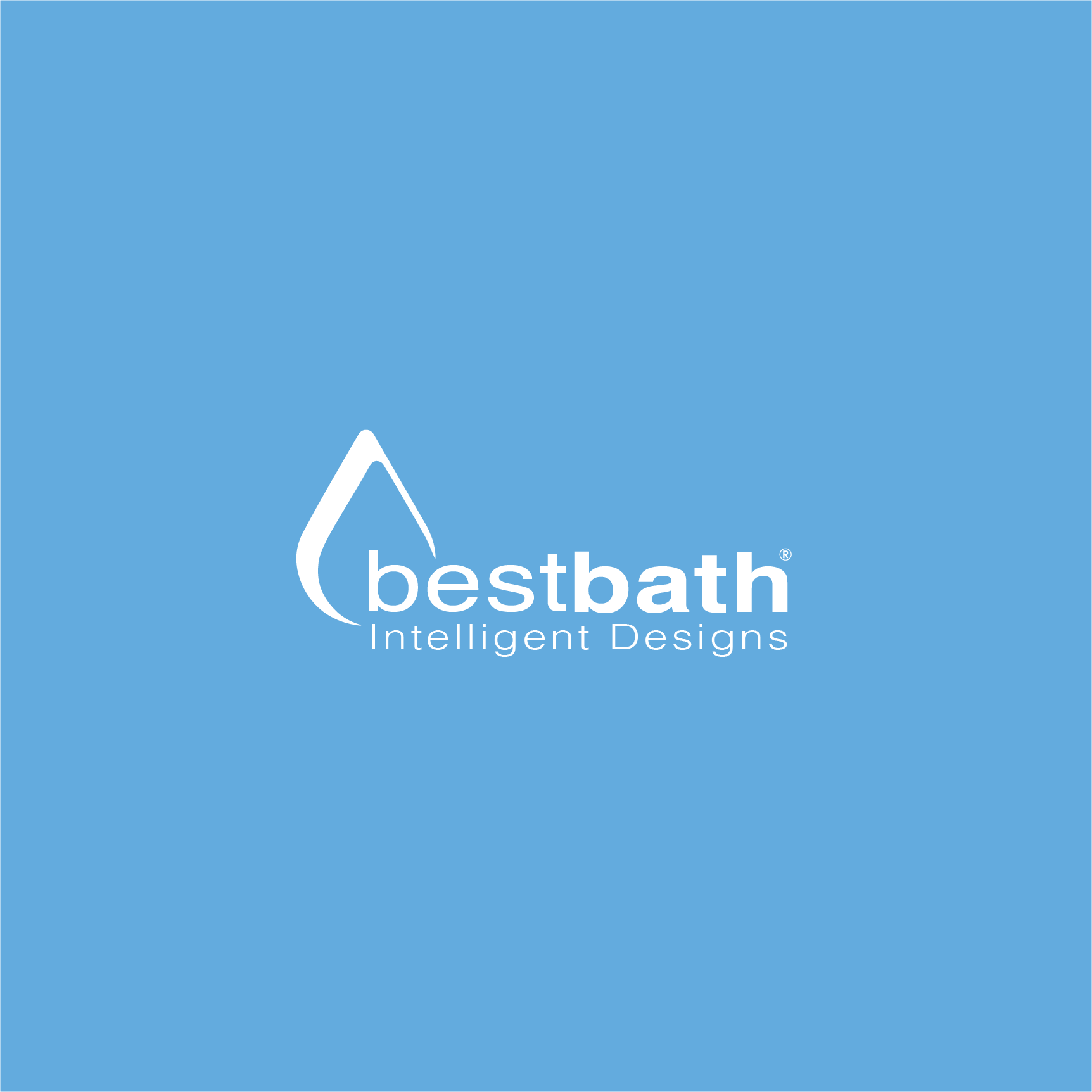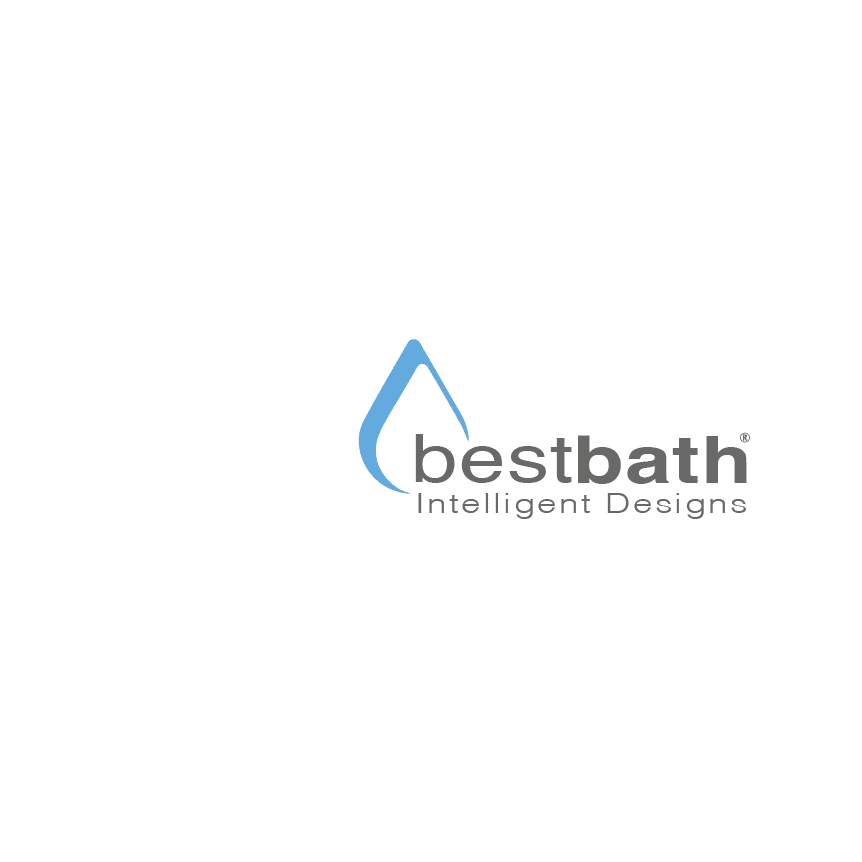Today’s homeowners approach to health and wellness in design is largely based in the ability to customize product options to fit their needs. Susan Duncan and Beth Taylor discuss the product options available, and the trends we’ll be seeing in the next 3 to 5 years.

Catch all of the PCBC conversation on our YouTube playlist: A PCBC Conversation.

The following is a transcript of the video "Supporting health and wellness with accessible design: A PCBC Conversation" :
Nigel: So where does color come into play, because as the population ages, their eyesight renders color differently.
Beth: It does. Yeah, the aging eye begins to read yellow about age 50 or so. And so, with that, you wanna make sure that you're not using pastels, and some of the more muted colors, that they're vibrant, and that you can have that contrast with the wall. Behind us in this display, we have clear lucite grab bars. So in this shower, it's not great that it doesn't have a contrast with the wall color because it's sort of a tone-on-tone. And why we use grab bars, of course, is for safety. But in universal design, you wouldn't have a grab bar in a universal design setting, unless somebody needed one. The important part is to have that reinforcement.
Nigel: Okay. So Beth, even though universal design and accessibility is good for everyone, the bottom line is that the population is aging.
Susan: The baby boomers are...we're all aging, but the baby boomers are definitely reaching that situation where they're starting to lose some mobility. At one point, we thought the baby boomers were one of the healthiest generations. But because they were very active, we are now finding, as they're entering some later ages, we're finding that their mobility is much more limited, and they're probably the generation that's most likely to be using walkers and canes within their homes, because of they had such active lives earlier. You know, so we're definitely finding that happening.
We're also finding that it's important for millennials because millennials are focused on health too. At 20, you think a little differently about health than you do when you're 70 or 80, but you're still focused on health. Their focus on health is more on a proactive approach. It's a lot more about wellness and creating healthy homes so that they can sustain their health longer. You know, they're seeing their aging parents having some health issues that could maybe have been avoided if they had taken some proactive situations when they were 20 and 30.
So we're gonna be hearing a lot more about wellness homes, and healthy homes, and we're going to be hearing a lot more about sensory homes. Engaging all of the senses has become a very health beneficial property. And also, those sensory things becoming personalization and customization so that you can have the music in your house that you want, you can have the sound you want, you can have the smell that you want. You can have all of the experience, all the sensory experience, within your home that you want customized.
Nigel: Can we back up a little bit. You mentioned the wellness home. Can you explain briefly what's in a wellness home?
Beth: Wellness home is about downloading when you get in the door.
Nigel: Okay.
Beth: It's about your house embracing you and welcoming you. You've just, you know, come home from a busy day, and the house is your retreat. It's where you decompress. It's where you come to just recharge for the next day. It's about balance. It's about connecting with family and friends and also reconnecting with yourself. You know, unplugging and reconnecting with yourself.
